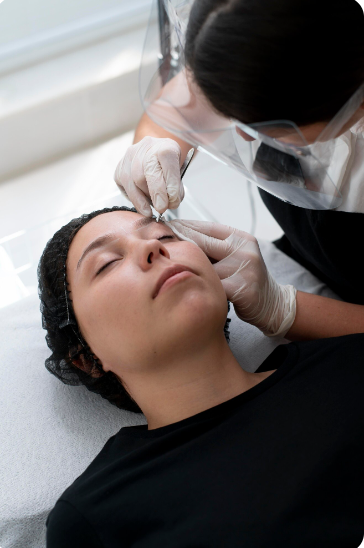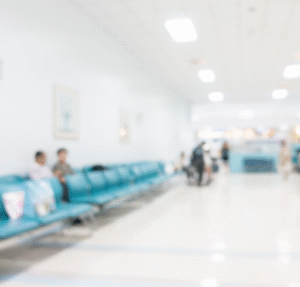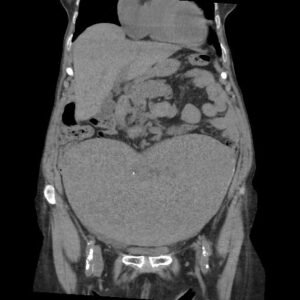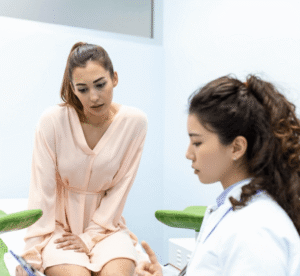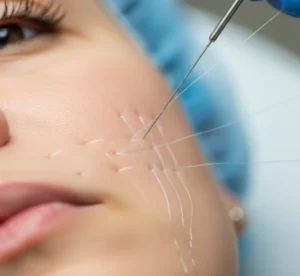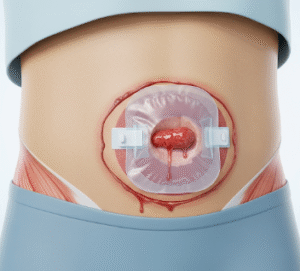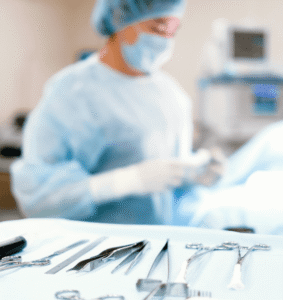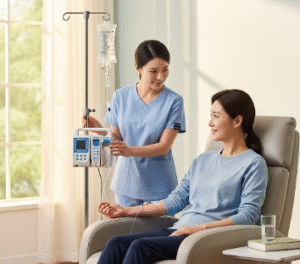What It Is
Microfat grafting is a refined version of fat transfer that uses very small parcels of fat, harvested from the patient’s own body (commonly the abdomen, thighs, or flanks). These tiny fat cells are purified and then reinjected with fine cannulas into areas needing subtle volume enhancement. Unlike structural fat grafting, which focuses on deeper, layered support, microfat grafting is ideal for delicate facial areas and natural rejuvenation.
It is widely practiced in Korea using advanced purification systems and injection techniques, which help maximize graft survival and create smooth, natural-looking results.
Why It’s Done
- Cosmetic reasons:
- Restores youthful softness in the cheeks, lips, temples, and under-eye hollows.
- Smooths fine wrinkles and rejuvenates skin through fat’s regenerative properties.
- Medical purposes:
- Corrects depressions from scarring, minor defects, or tissue irregularities.
- Patient considerations:
- Best outcomes occur in healthy individuals with sufficient donor fat.
- Smokers or those with poor circulation may have reduced graft survival.
Alternatives
- Surgical: Traditional fat grafting (larger fat parcels) or implants for significant volume correction.
- Non-surgical: Dermal fillers (such as hyaluronic acid), which are temporary but predictable.
- Other minimally invasive methods: Nanofat grafting, which focuses less on volume and more on improving skin texture and quality.
Preparation
- Consultation: Review of medical history, lifestyle, and goals.
- Tests: Donor site assessment and, if needed, lab work.
- Lifestyle adjustments: Stop smoking, reduce alcohol, and maintain good hydration.
- Medication restrictions: Patients are advised to avoid blood-thinning medications and supplements before the procedure.
How It’s Done
- Harvesting: Fat is extracted from donor areas using gentle liposuction or syringe aspiration.
- Processing: The fat is purified—often via centrifugation or filtration—to isolate healthy adipocytes.
- Injection: Fine cannulas are used to place microfat in precise layers, restoring volume smoothly and evenly.
- Procedure type: Minimally invasive.
- Anesthesia: Typically local anesthesia, with light sedation if required.
- Duration: Usually 1–2 hours, depending on areas treated.
- Hospitalization: Outpatient; patients go home the same day.
Recovery
- Downtime: Swelling and bruising subside in about a week.
- Healing: Results begin to show within weeks, with final outcomes stabilizing over several months.
- Care: Mild pain is managed with medication; donor and injection sites need simple aftercare.
- Follow-up: Korean clinics typically schedule multiple follow-ups to monitor healing.
- Return to routine: Most daily activities can be resumed quickly, with heavy exercise restricted for 1–2 weeks.
Possible Complications
- Short-term: Bruising, swelling, mild discomfort, and temporary asymmetry.
- Long-term: Partial fat absorption (30–60% of grafted fat may not survive), irregularities, or under-correction.
- Rare: Fat necrosis, oil cysts, infection, or fat embolism.
Treatment Options in Korea
Diagnosis
Korean clinics are known for detailed preoperative evaluations, including imaging, skin and facial analysis, and personalized planning.
Medical & Non-Surgical
Microfat grafting is often paired with complementary therapies such as nanofat grafting, platelet-rich plasma (PRP), or stem-cell enriched fat to improve skin health and graft longevity.
Surgical & Advanced Therapies
Korea uses highly refined fat purification and injection systems to improve fat survival and safety. Microfat grafting is frequently combined with other aesthetic procedures like facelifts, eyelid surgery, or skin rejuvenation treatments for enhanced results.
Rehabilitation & Support
Patients receive detailed aftercare programs including scar care, swelling management, and lifestyle guidance. International patients benefit from translation services, recovery housing, and dedicated coordinators—especially in Seoul’s Gangnam medical district.

